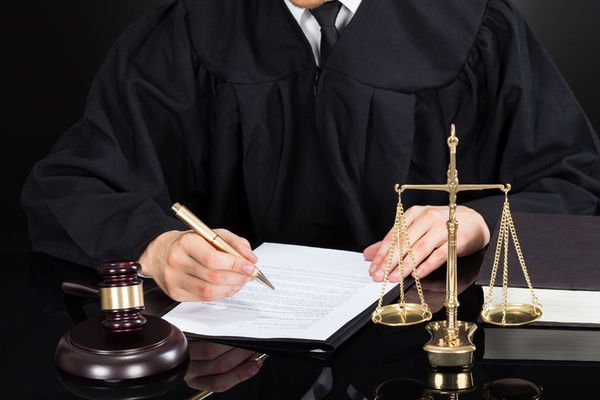Last month, I received an e-mail from a person who wanted to know if the Conagra lawsuit was still ongoing. He asked if I thought it had merit. After all, if the patent was valid then why didn’t the company sell the drug? The answer to that question lies in a multi-pronged assault on the patent that was granted to the company by the US Patent and Trademark Office. It is my hope that this article can shed some light on what really went on with this case and whether or not the original patent should have been overturned.
As detailed in the complaint, the original patent was issued in 1980. The first manufacture of the drug occurred about two decades later.
At that time, the drug was hardly new to the medical world. Nonetheless, the company was able to get the patent because they were able to show that there were many relevant similarities to drugs that had already been manufactured. If you’ll recall, one of the most significant differences between Conagra and many other similar drugs is that they contain a chemical known as “sildenafil”.
Now let’s fast forward to today. A few short years ago, a different company filing a patent infringement suit brought up by the same attorney who handled the Conagra lawsuit. This time, the company sought a patent for the process of adding monosodiumglutamate (MSG) to food. This patent was eventually awarded to the company by the US Patent and Trademark Office. Now, in addition to the fact that the patent was granted long before any of the published studies were done, what’s really interesting is that the examiner who initially handled the case was actually a practicing patent attorney.
Why did this happen? One possibility is that the patent examiner, while looking for prior art, made a simple oversight.
He looked for references to prior art in published articles and scholarly works. While those references may indeed exist, how could they possibly relate to the claims of the complaint? It is my strong belief that this oversight cost the plaintiffs their very lawsuit.
In seeking review of their Conagra lawsuit from the US Patent Office, two attorneys from the law firm of Williams Kherkher in Boston, Mass.
decided to ignore one of the most obvious prior art in this case. They selected to look at only one document, and that was the “Related Literature” section of the US Patent and Trademark Office website. Needless to say, these attorneys neglected to look at the entire record.
This is not an overstatement. During the discovery process, they interviewed only one witness, David Dunning, a former corporate vice president. When we questioned him about the relevance of the earlier documents, he said nothing. That lack of diligence clearly violated their ethical standards.
Of course, the defense would try to argue that this was an accident of some kind.
However, the mere suggestion that it may have been an accident brings up questions as to the integrity of the investigation. Why did the defense not do more to investigate the relevance of prior art prior to filing its complaint? Did it regard its own credibility to be compromised by even investigating something that does not affect its case? Was the lawyer’s request for a statement binding on the defense? If so, then the mere request could have been used as basis for exculpating the client.
In my opinion, the Conagra lawsuit should have been thrown out.
There is simply no way that this case can be won based on the mere suspicion that a competitor committed fraud. As the defendant points out in its brief, there is a mountain of evidence tying its competitor to the crime. (link here)

